Home>Gardening & Outdoor>Landscaping Ideas>How To Aerate Grass
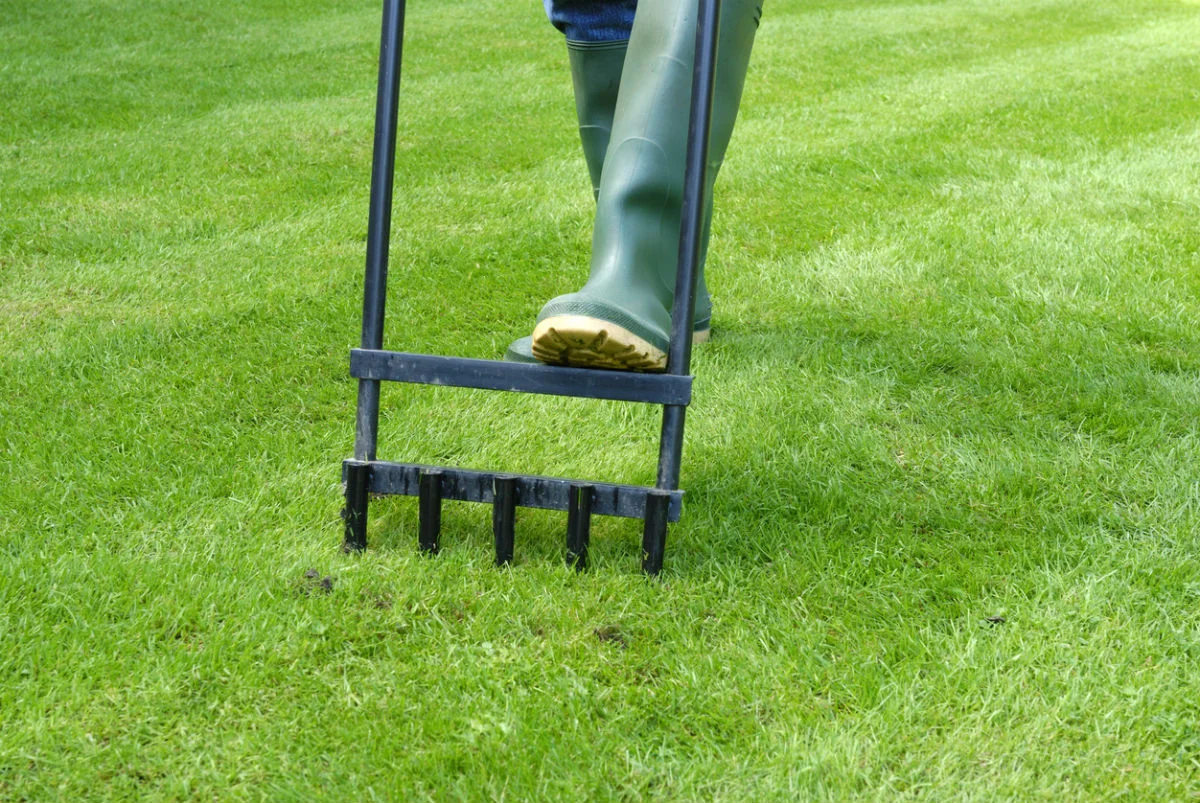

Landscaping Ideas
How To Aerate Grass
Modified: January 27, 2024
Learn the best landscaping ideas for aerating grass and improving your lawn's health. Find step-by-step instructions and expert tips for a lush, green yard.
(Many of the links in this article redirect to a specific reviewed product. Your purchase of these products through affiliate links helps to generate commission for Storables.com, at no extra cost. Learn more)
Introduction
A lush, verdant lawn is the pride of any homeowner, but achieving and maintaining such a vibrant expanse of grass requires dedication and proper care. One crucial aspect of lawn maintenance that is often overlooked is aeration. Aerating your lawn involves perforating the soil with small holes to allow air, water, and nutrients to penetrate the grassroots. This process can work wonders for the health and vitality of your grass, ensuring that it remains resilient and visually appealing.
In this comprehensive guide, we will delve into the art of aerating grass, exploring the benefits of this practice, the optimal timing for aeration, the necessary preparations, various methods of aeration, and the essential aftercare steps. Whether you are a seasoned lawn care enthusiast or a novice homeowner looking to elevate your lawn maintenance game, this article will equip you with the knowledge and insights needed to achieve a thriving, lush lawn through the power of aeration.
Key Takeaways:
- Aerate your grass to promote healthier, resilient growth by allowing air, water, and nutrients to reach the grassroots, resulting in a lush and vibrant lawn.
- Timing, preparation, method selection, and aftercare are crucial for successful aeration, ensuring your lawn thrives and flourishes with proper care.
Read more: How To Aerate Soil For Grass
Benefits of Aerating Grass
Aerating your grass offers a myriad of benefits that directly contribute to the overall health and beauty of your lawn. By perforating the soil, you create channels for essential elements to reach the grassroots, promoting robust growth and resilience. Here are some key benefits of aerating grass:
- Enhanced Air Circulation: Aeration facilitates improved air exchange between the soil and the atmosphere, preventing soil compaction and promoting healthier root systems.
- Improved Nutrient Absorption: The perforation of the soil allows vital nutrients, such as nitrogen, phosphorus, and potassium, to penetrate deeper, nourishing the grassroots and fostering lush, green growth.
- Enhanced Water Infiltration: Aerating your lawn promotes better water penetration, reducing surface runoff and ensuring that moisture reaches the grassroots, promoting deeper and stronger root systems.
- Thatch Reduction: Aeration helps break down excessive thatch, which is a layer of dead grass and organic debris that can impede the flow of water, air, and nutrients to the soil.
- Enhanced Fertilizer Effectiveness: By allowing nutrients to reach the grassroots more effectively, aeration maximizes the impact of fertilization, leading to healthier and more vibrant grass.
- Improved Stress Tolerance: Well-aerated grass is better equipped to withstand environmental stressors, such as heat, drought, and heavy foot traffic, ensuring its longevity and visual appeal.
These benefits collectively contribute to the overall health and resilience of your lawn, resulting in a lush, vibrant expanse of grass that serves as a source of pride and joy for any homeowner.
When to Aerate Grass
Timing is crucial when it comes to aerating your grass, as it directly impacts the effectiveness of the process and the overall health of your lawn. The ideal time for aeration largely depends on the type of grass you have and the climate in your region. In general, it is best to aerate cool-season grasses in the early spring or fall, while warm-season grasses benefit most from aeration in late spring or early summer. Here are some guidelines to help you determine the optimal timing for aerating your grass:
- Cool-Season Grasses (e.g., Kentucky bluegrass, fescue, ryegrass): Aerate these grasses in the early spring or fall, when they are actively growing and can recover more quickly from the aeration process.
- Warm-Season Grasses (e.g., Bermuda grass, Zoysia grass, St. Augustine grass): Late spring or early summer is the best time to aerate warm-season grasses, as this coincides with their peak growth period.
It is important to avoid aerating during the dormant season of your grass, as it may cause undue stress and hinder its ability to recover. Additionally, ensure that the soil is moist but not overly saturated when aerating, as excessively dry or wet soil can impede the effectiveness of the process.
Before proceeding with aeration, take into account the specific climate and growing conditions in your area, as they can influence the optimal timing for this essential lawn care practice. By aligning the aeration process with the natural growth cycles of your grass, you can maximize its benefits and set the stage for a thriving, resilient lawn.
How to Prepare for Aeration
Proper preparation is key to ensuring that the aeration process yields optimal results and promotes the overall health of your lawn. Before embarking on this essential lawn care practice, it is important to take the following preparatory steps:
- Assess Soil Moisture: Adequate soil moisture is crucial for a successful aeration process. A day or two before aeration, water your lawn thoroughly to ensure that the soil is moist but not overly saturated. This facilitates easier penetration of the aerator into the soil.
- Mark Irrigation Systems and Utilities: Before aerating, identify and mark the locations of any underground irrigation systems, utility lines, or other potential obstructions in your lawn. This precaution helps prevent accidental damage during the aeration process.
- Mow the Lawn: Prior to aeration, mow your lawn to a slightly shorter height than usual. This allows the aerator to penetrate the soil more effectively and ensures that it reaches the grassroots, maximizing the benefits of aeration.
- Clear Debris: Remove any debris, such as sticks, rocks, or large clumps of thatch, from the lawn surface. Clearing the area of obstacles ensures smooth and uninterrupted aeration.
- Choose the Right Aerator: Select the appropriate type of aerator for your lawn. For smaller lawns, a manual or handheld aerator may suffice, while larger lawns may require a powered core aerator for efficient and thorough aeration.
By diligently preparing your lawn for aeration, you set the stage for a successful and impactful process that promotes the health, resilience, and visual appeal of your grass. These preparatory steps lay the groundwork for aeration to deliver its full range of benefits, ensuring that your lawn thrives and flourishes throughout the seasons.
To aerate grass, use a core aerator to remove small plugs of soil from the lawn. This will help improve air, water, and nutrient flow to the grass roots, promoting healthier and stronger growth.
Methods of Aerating Grass
When it comes to aerating your lawn, several methods can be employed to achieve the desired results. Each method has its unique characteristics and is suited to specific lawn sizes, soil types, and aeration needs. Here are some common methods of aerating grass:
- Spike Aerators: Spike aerators feature solid tines that puncture the soil, creating holes to facilitate air, water, and nutrient penetration. While they can provide short-term relief for compacted soil, they may further compress the surrounding soil, limiting their long-term effectiveness.
- Core (Plug) Aerators: Core aerators, also known as plug aerators, remove small plugs of soil from the ground, allowing for better air and water circulation. This method is highly effective in relieving soil compaction and promoting robust root growth.
- Slice (Slit) Aerators: Slice aerators utilize rotating blades or tines to cut through the soil, creating narrow slits. While they can help improve water infiltration and root development, they are less effective in addressing soil compaction compared to core aerators.
- Liquid Aeration: Liquid aeration involves the application of specially formulated liquids that help break up compacted soil and improve soil structure. This method is often used as a supplement to mechanical aeration and can be beneficial for enhancing overall soil health.
When selecting the appropriate aeration method for your lawn, consider factors such as soil composition, the extent of compaction, and the size of your lawn. For larger and heavily compacted lawns, core aerators are generally recommended for their ability to deliver comprehensive and long-lasting benefits. Conversely, smaller lawns or those with minimal compaction may benefit from spike or slice aerators. It is important to assess your lawn’s specific needs and choose the method that aligns best with its requirements.
By understanding the distinct characteristics of each aeration method, you can make an informed decision that sets the stage for a successful aeration process, promoting the health and vitality of your grass for seasons to come.
Read more: Why Aerate Grass
Aftercare for Aerated Grass
After completing the aeration process, providing proper aftercare is essential to maximize the benefits and ensure the long-term health of your lawn. By attending to your grass with post-aeration care, you can facilitate swift recovery and promote robust growth. Here are key aftercare practices for aerated grass:
- Overseed (If Necessary): If your lawn exhibits thin or bare patches, overseeding immediately after aeration can help fill in these areas with new grass growth. The aeration holes provide an ideal environment for seed germination and establishment.
- Fertilize: Following aeration, apply a high-quality fertilizer to your lawn. The perforated soil allows for better nutrient absorption, maximizing the impact of the fertilizer and promoting lush, healthy grass growth.
- Watering: Keep the soil consistently moist in the days following aeration to support the recovery of the grassroots. Adequate moisture aids in the healing of the aeration holes and encourages deep root development.
- Limit Traffic: Minimize foot and vehicle traffic on the aerated lawn to prevent undue stress on the grass and allow it to recover undisturbed. This precaution is crucial for ensuring the successful rejuvenation of your lawn.
- Monitor Growth and Health: Regularly assess the growth and overall health of your grass in the weeks following aeration. Keep an eye out for signs of new growth, improved color, and enhanced resilience, indicating the positive impact of the aeration process.
By implementing these aftercare practices, you can support the recovery and rejuvenation of your lawn, setting the stage for a lush, resilient expanse of grass. The combination of overseeding, fertilization, proper watering, and vigilant monitoring ensures that the benefits of aeration are fully realized, resulting in a thriving and visually stunning lawn that brings joy and pride to your home.
Conclusion
Aerating your grass is a fundamental aspect of lawn care that can yield a multitude of benefits, from enhanced nutrient absorption to improved stress tolerance. By creating channels for air, water, and nutrients to reach the grassroots, aeration promotes the overall health and resilience of your lawn, ensuring that it remains lush and vibrant throughout the seasons.
Understanding the optimal timing for aeration, preparing your lawn diligently, selecting the appropriate aeration method, and providing thoughtful aftercare are essential steps in harnessing the full potential of this practice. Whether you have a cool-season or warm-season grass, a small backyard or a sprawling lawn, the principles of aeration remain consistent in their ability to foster robust and enduring grass growth.
As you embark on the journey of aerating your lawn, remember that this process is not merely a routine maintenance task but an investment in the long-term health and beauty of your outdoor space. By nurturing your grass through aeration, you create an environment where it can thrive, withstand environmental stressors, and bring joy to all who behold its lush, verdant expanse.
So, roll up your sleeves, prepare your lawn, and embark on the transformative journey of aerating your grass. Embrace the rhythm of the seasons, the resilience of your grass, and the satisfaction of witnessing a vibrant, thriving lawn that stands as a testament to your dedication and care. Through the power of aeration, you can cultivate a landscape that embodies natural beauty, vitality, and the enduring allure of a well-tended lawn.
Frequently Asked Questions about How To Aerate Grass
Was this page helpful?
At Storables.com, we guarantee accurate and reliable information. Our content, validated by Expert Board Contributors, is crafted following stringent Editorial Policies. We're committed to providing you with well-researched, expert-backed insights for all your informational needs.
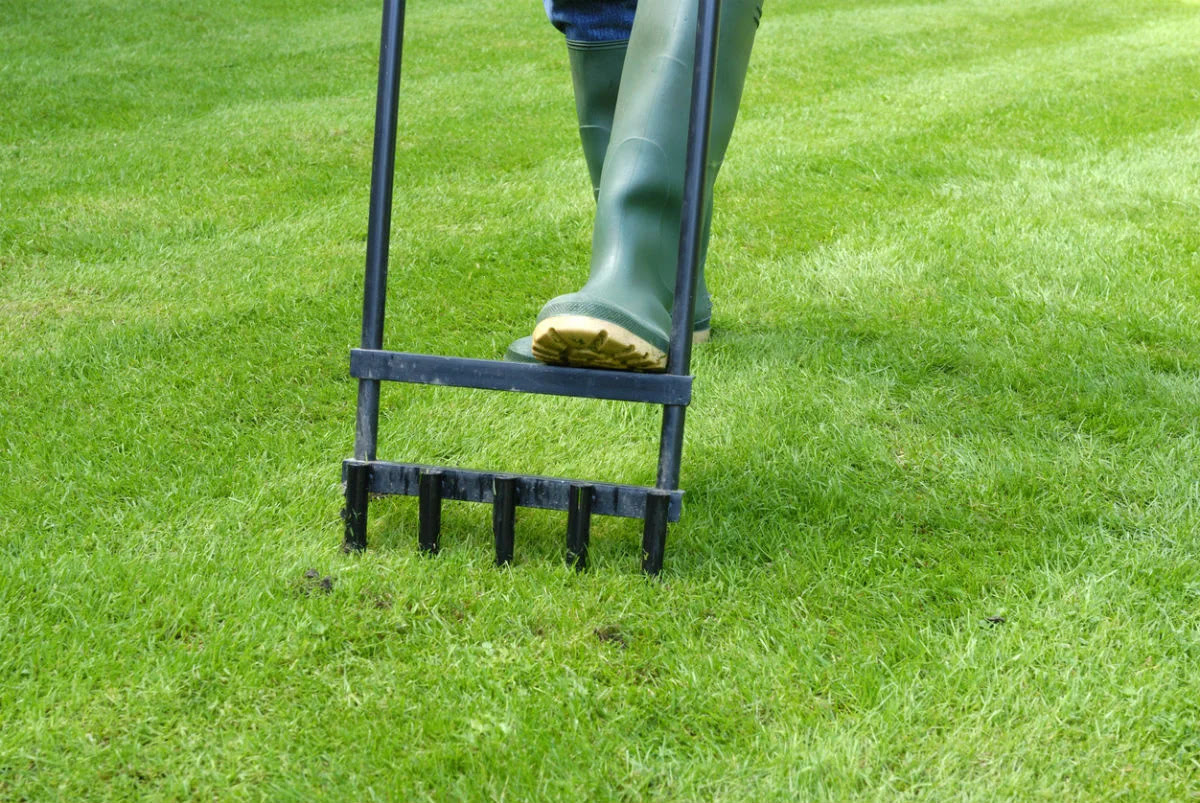
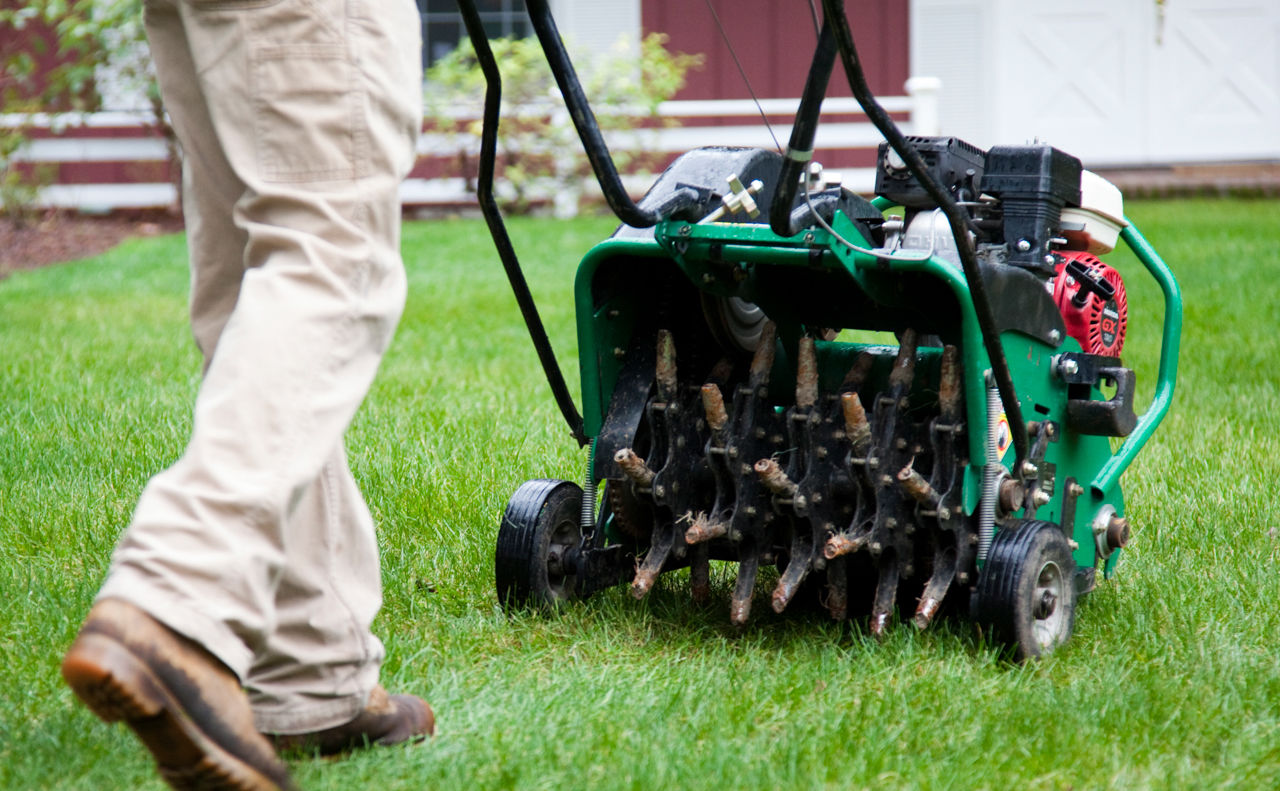
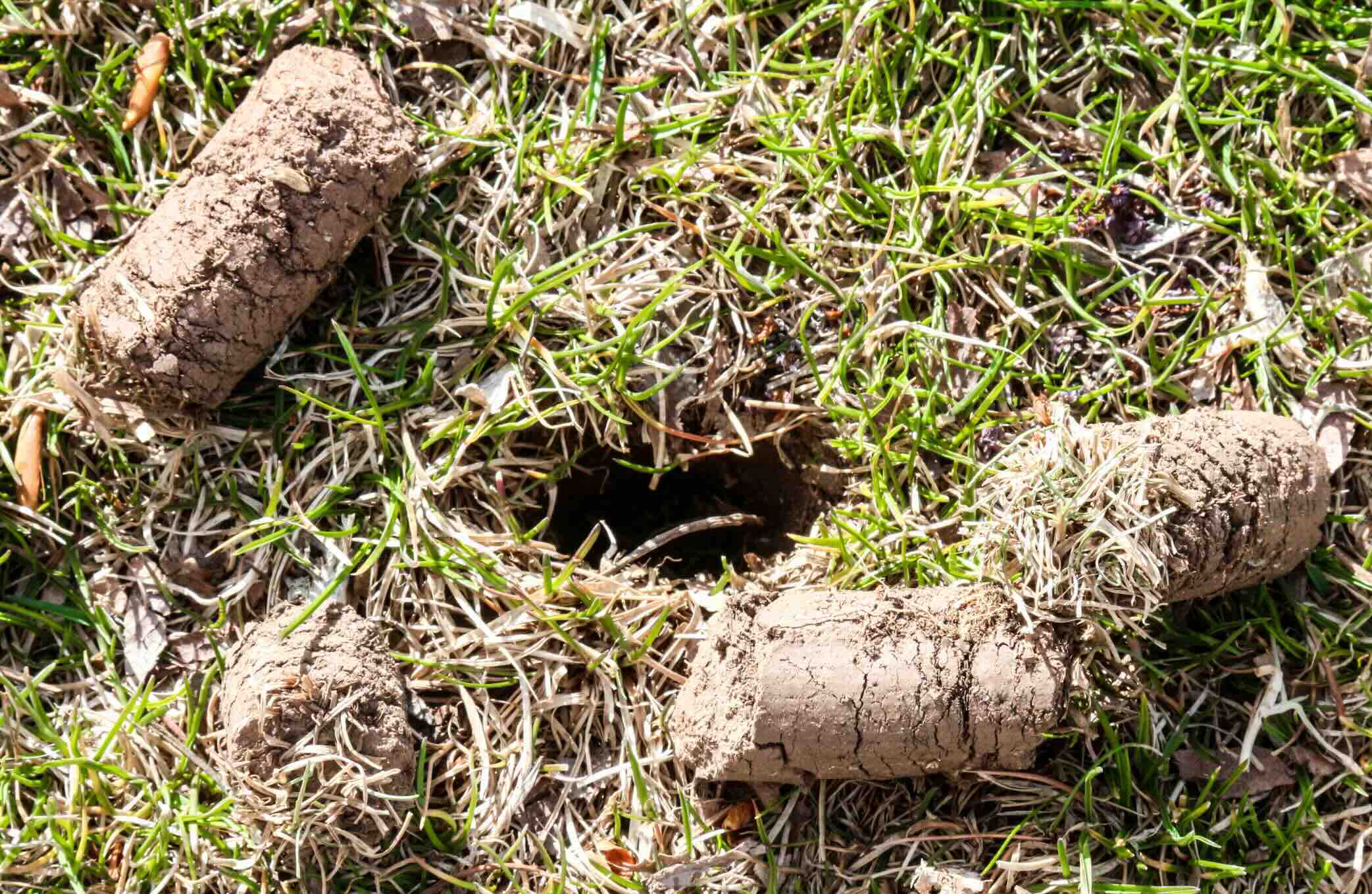
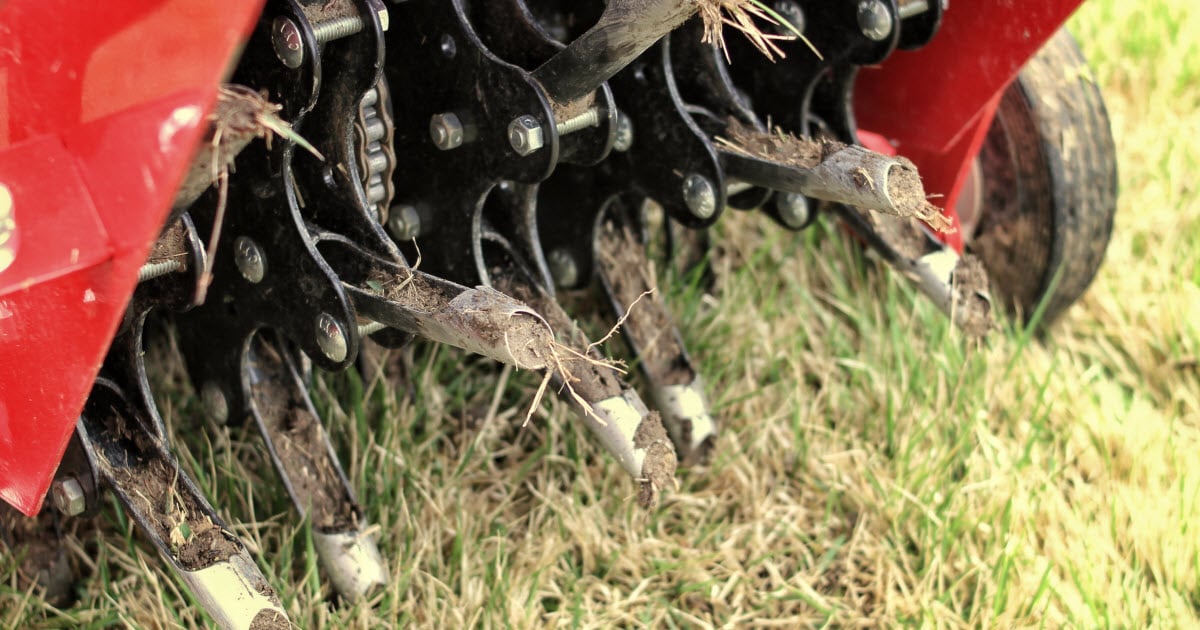
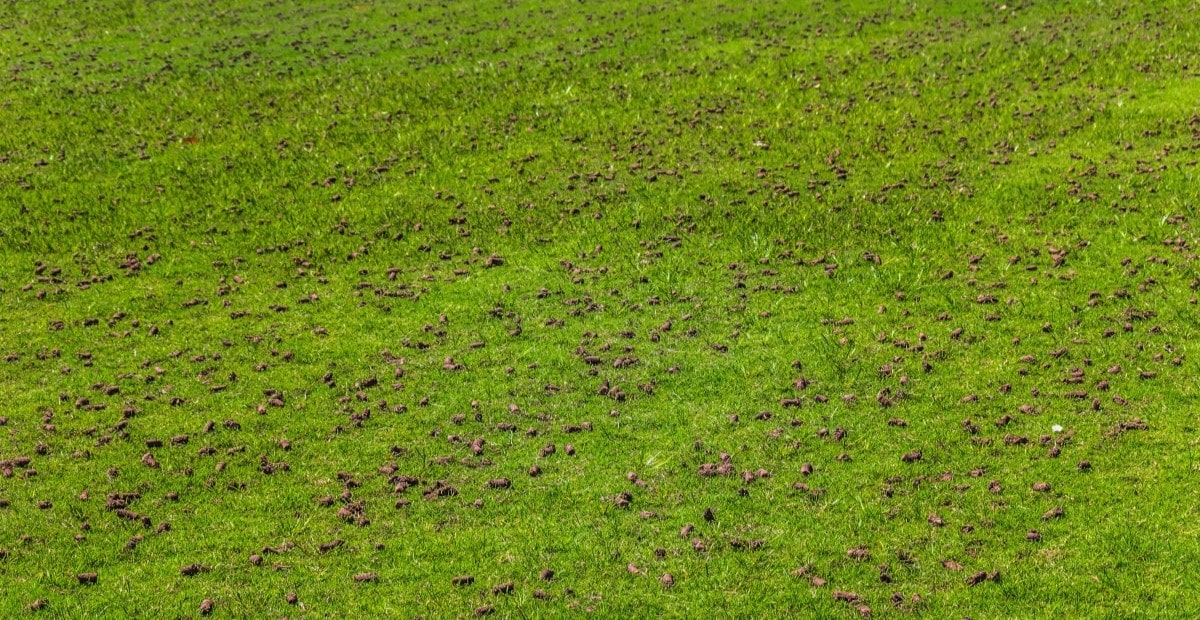

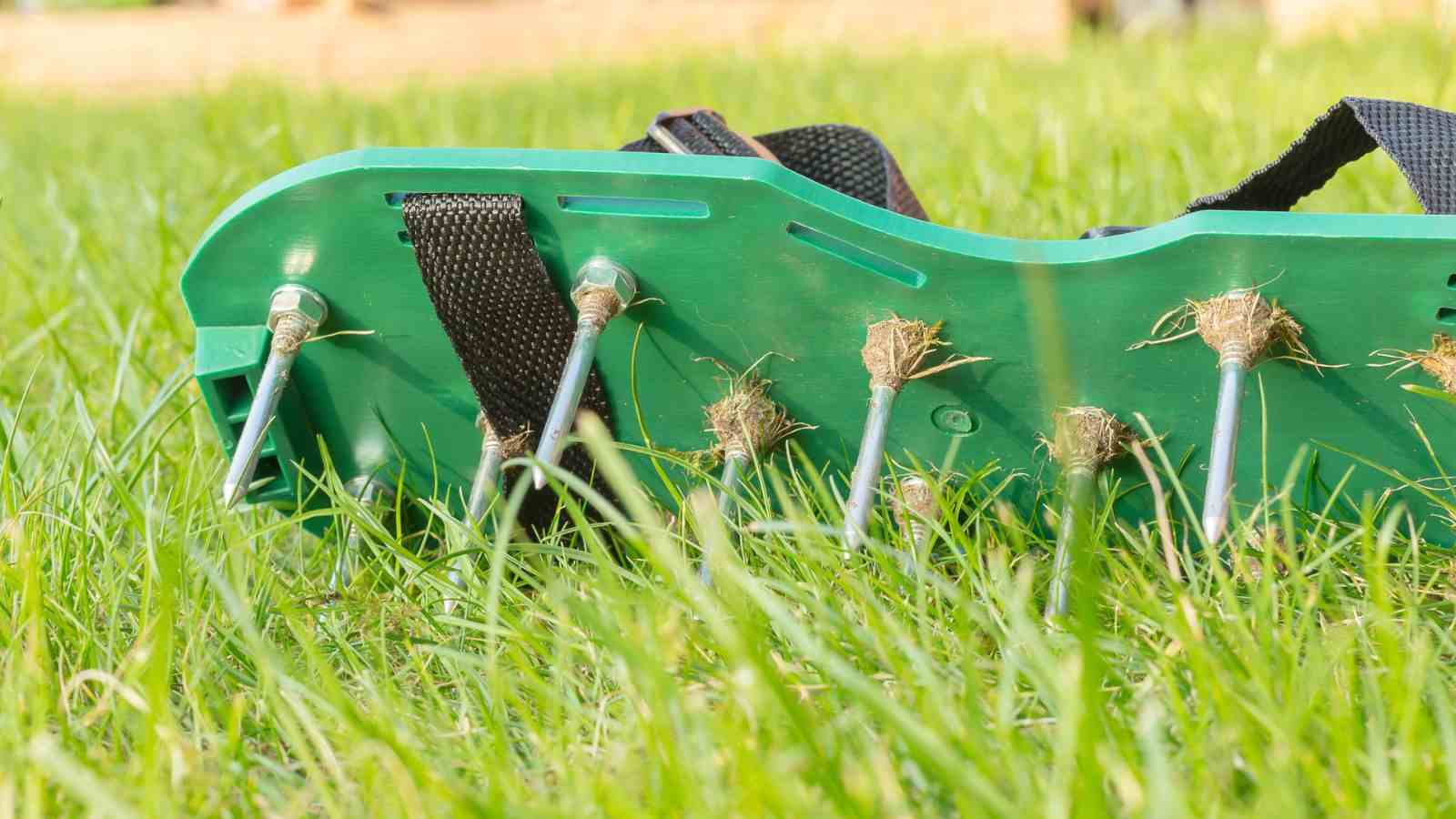
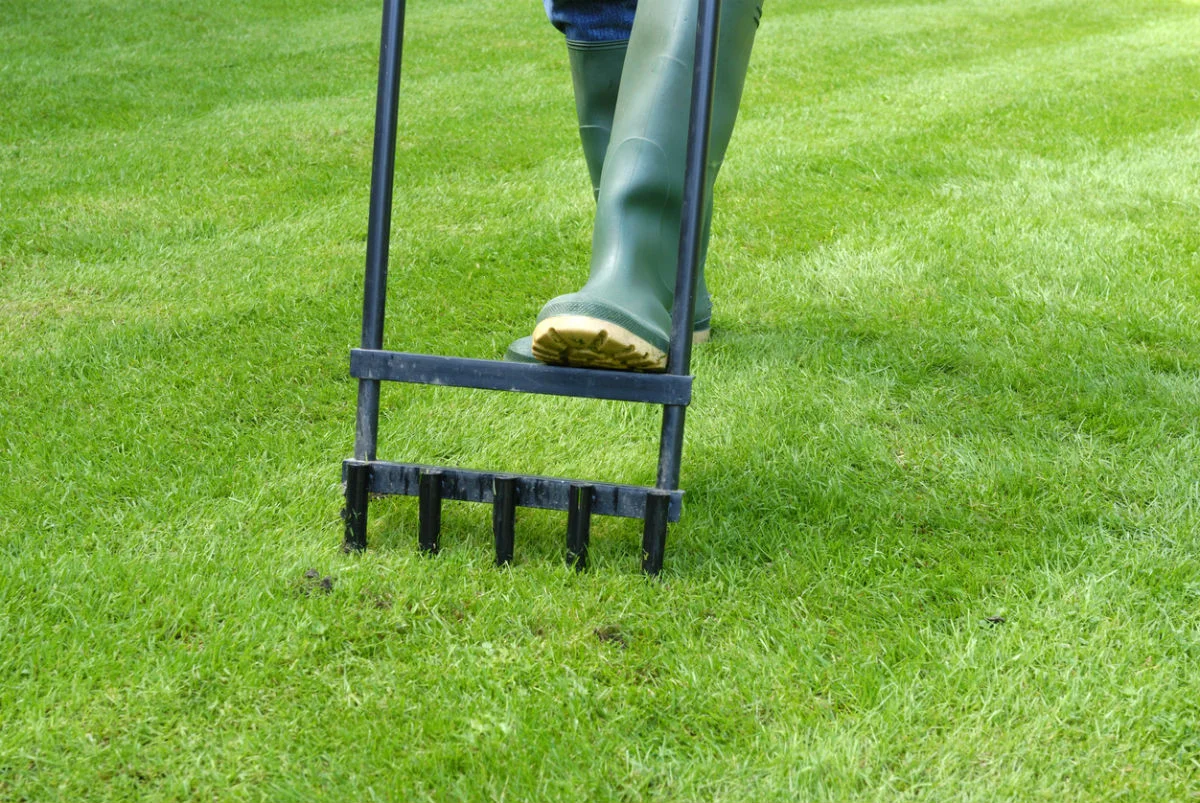
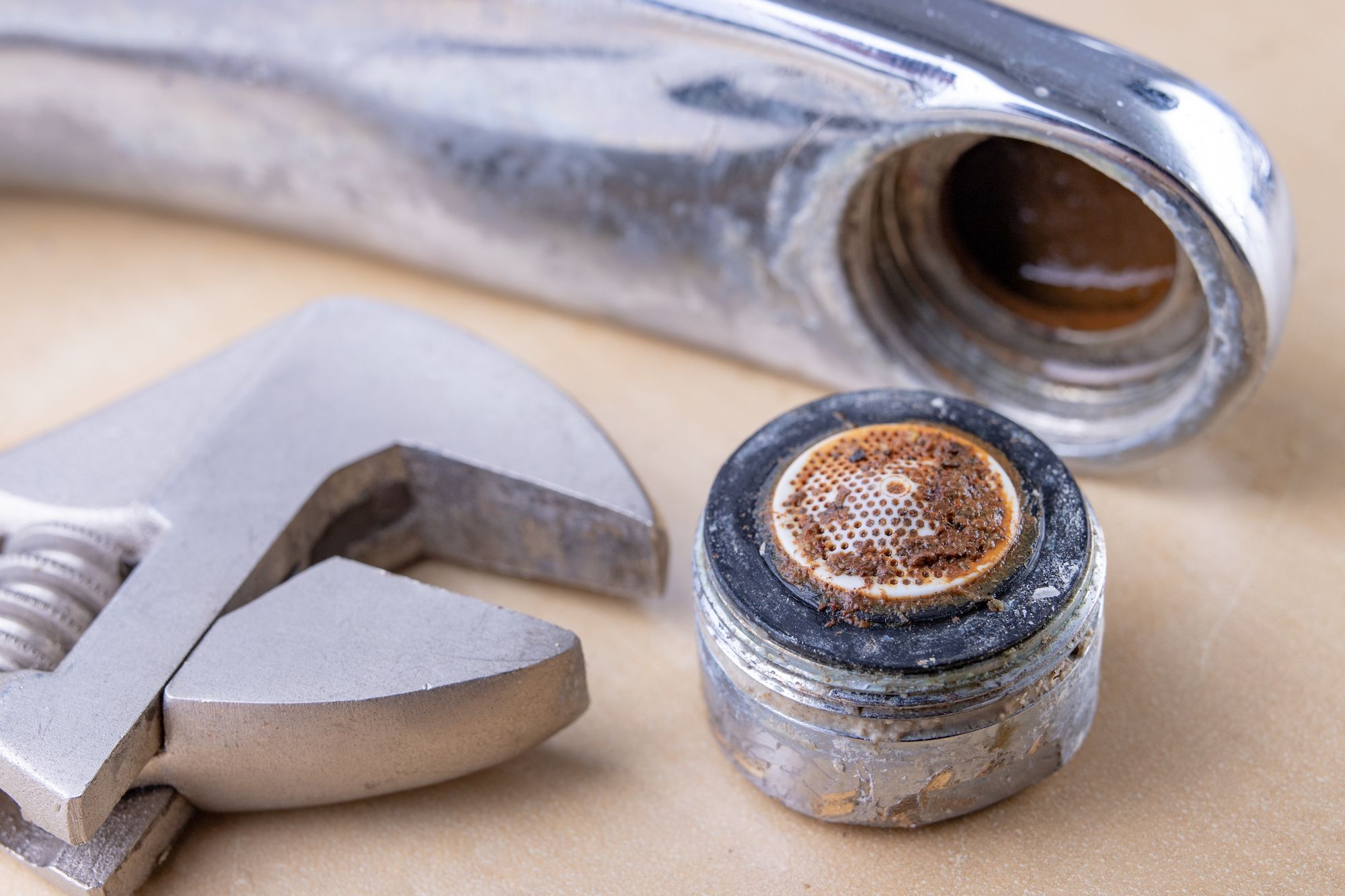
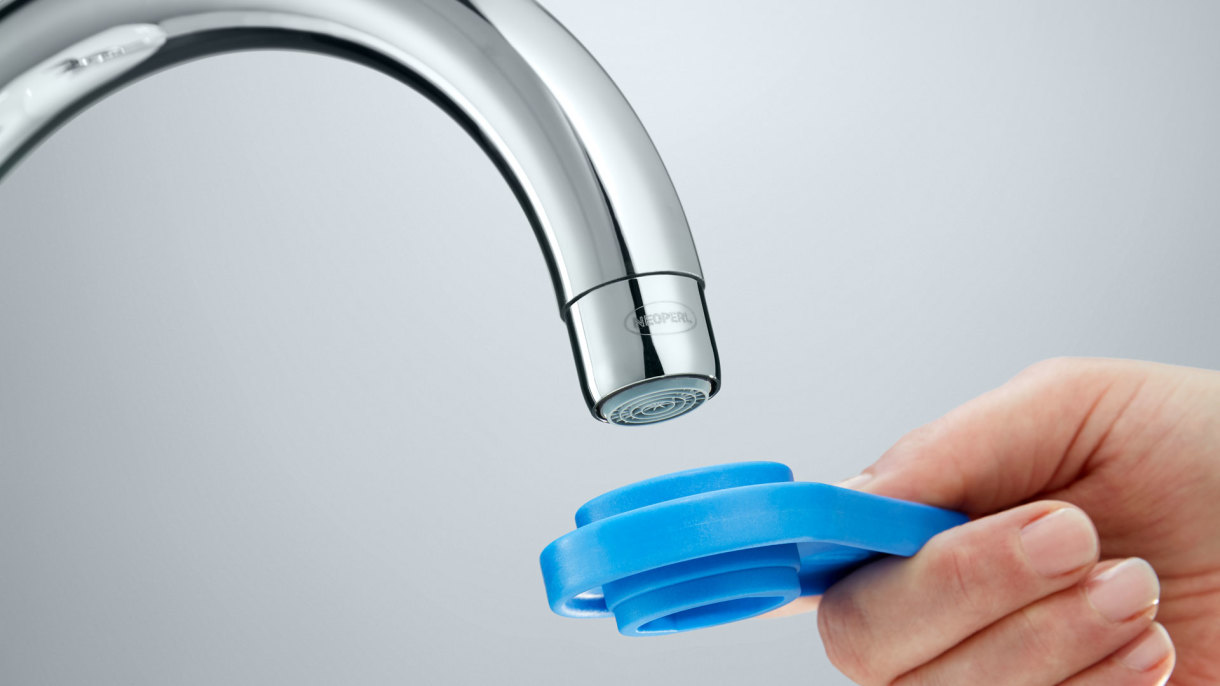
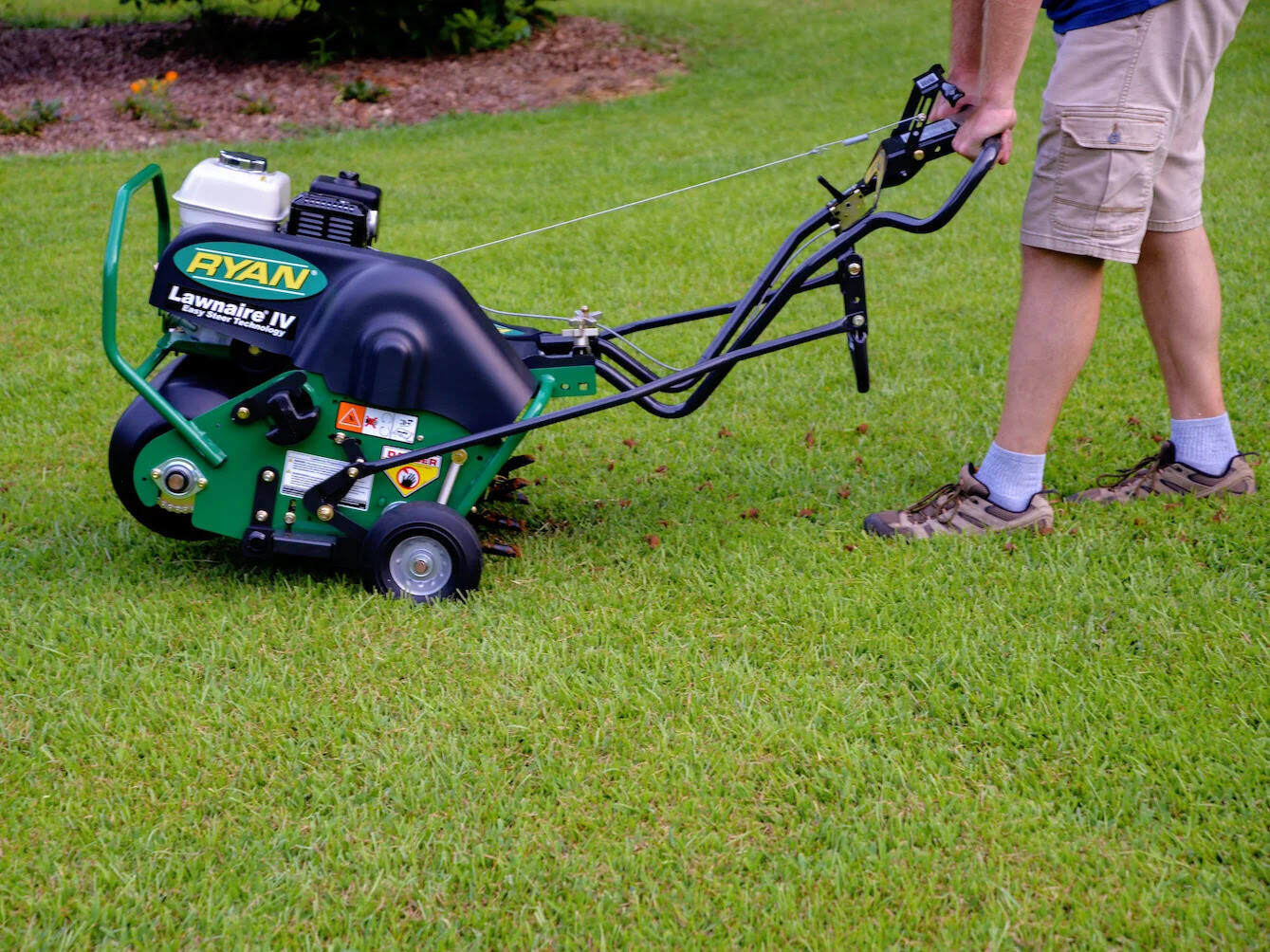
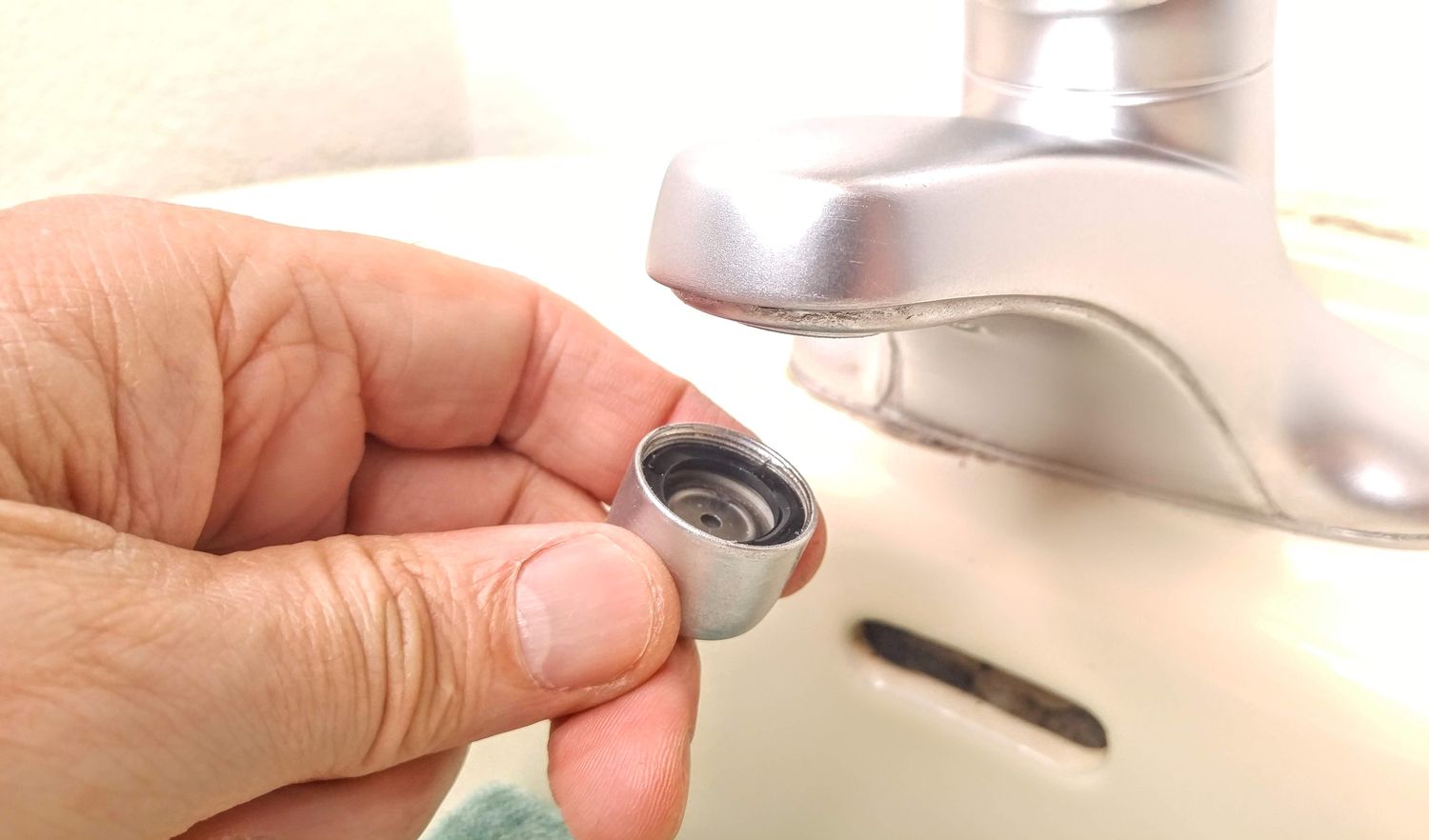
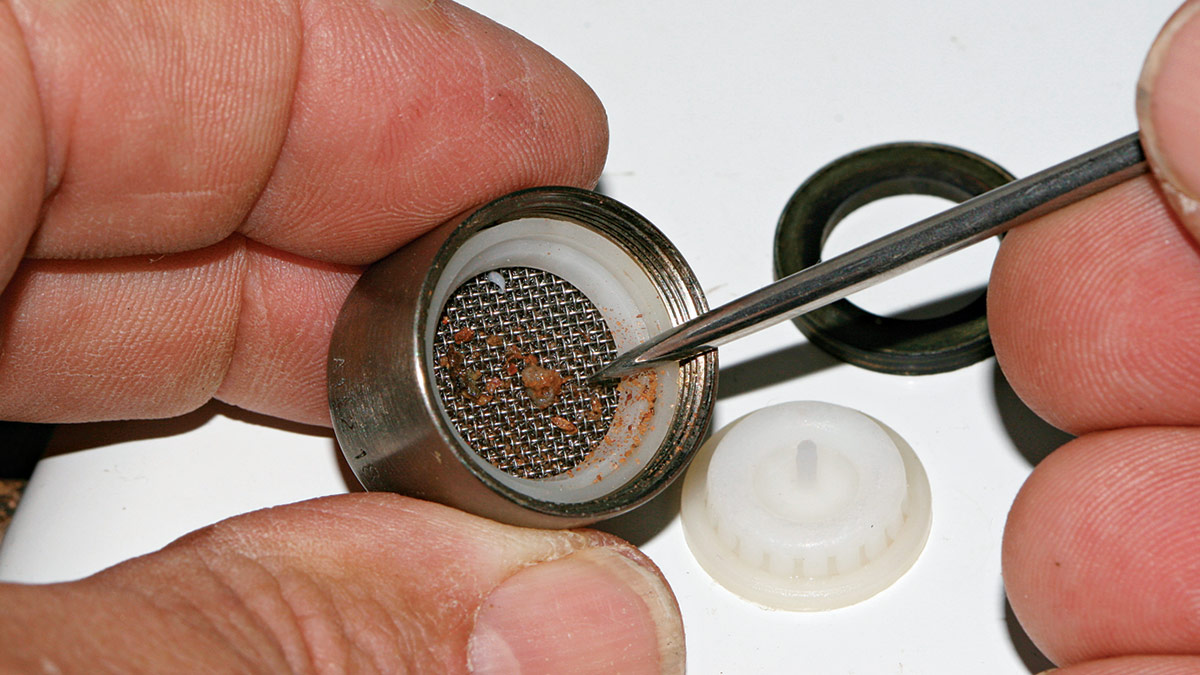
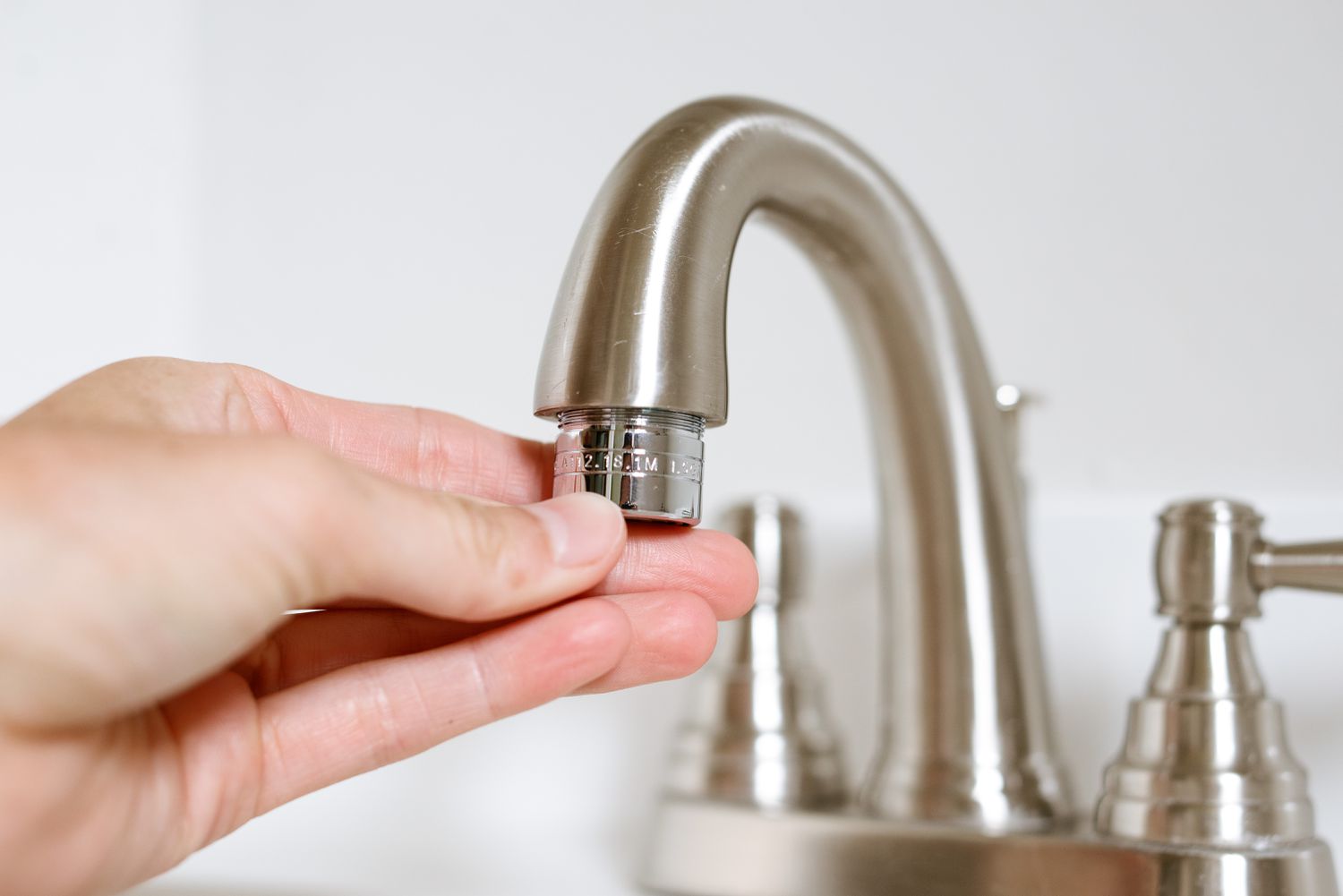

0 thoughts on “How To Aerate Grass”